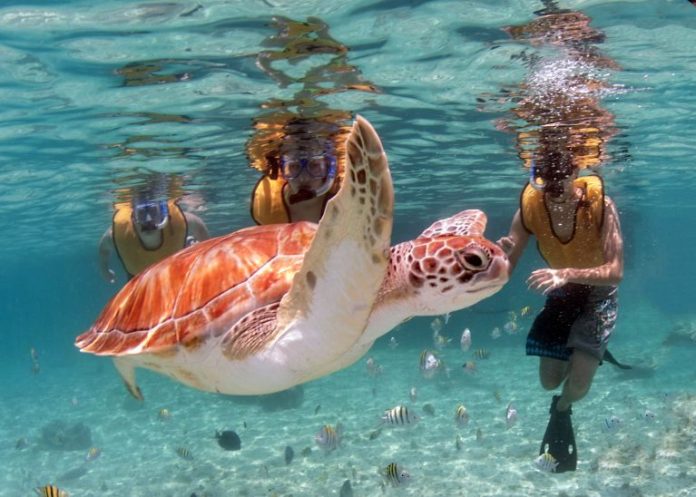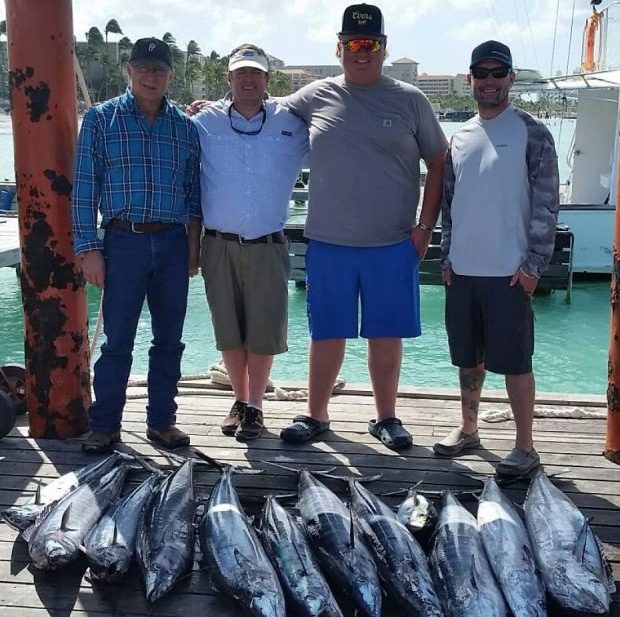Booking a magical glimpse inside Etnia Nativa is easy!
Article by Etnia Nativa call us 592 2702 and book your experience!
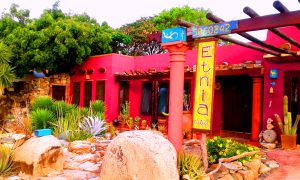
The narrative of Etnia Nativa—which means Native Ethnicity—highlights the importance of recovering and preserving Aruba’s cultural identity and heritage. Through this platform, we share an authentic native perspective, educate the public, and inspire readers to adopt a mindset of being an “island caretaker.”
In this episode, we explore the delicate relationship between tourism, nature, and marine biodiversity, focusing on one of the ocean’s most iconic and vulnerable species: the sea turtle.
Between 15,000 and 20,000 years ago, hunters and gatherers first arrived on Aruba’s shores and encountered thousands of sea turtles nesting along the beaches. For generations, these turtles and their eggs were a crucial source of food for the native people.
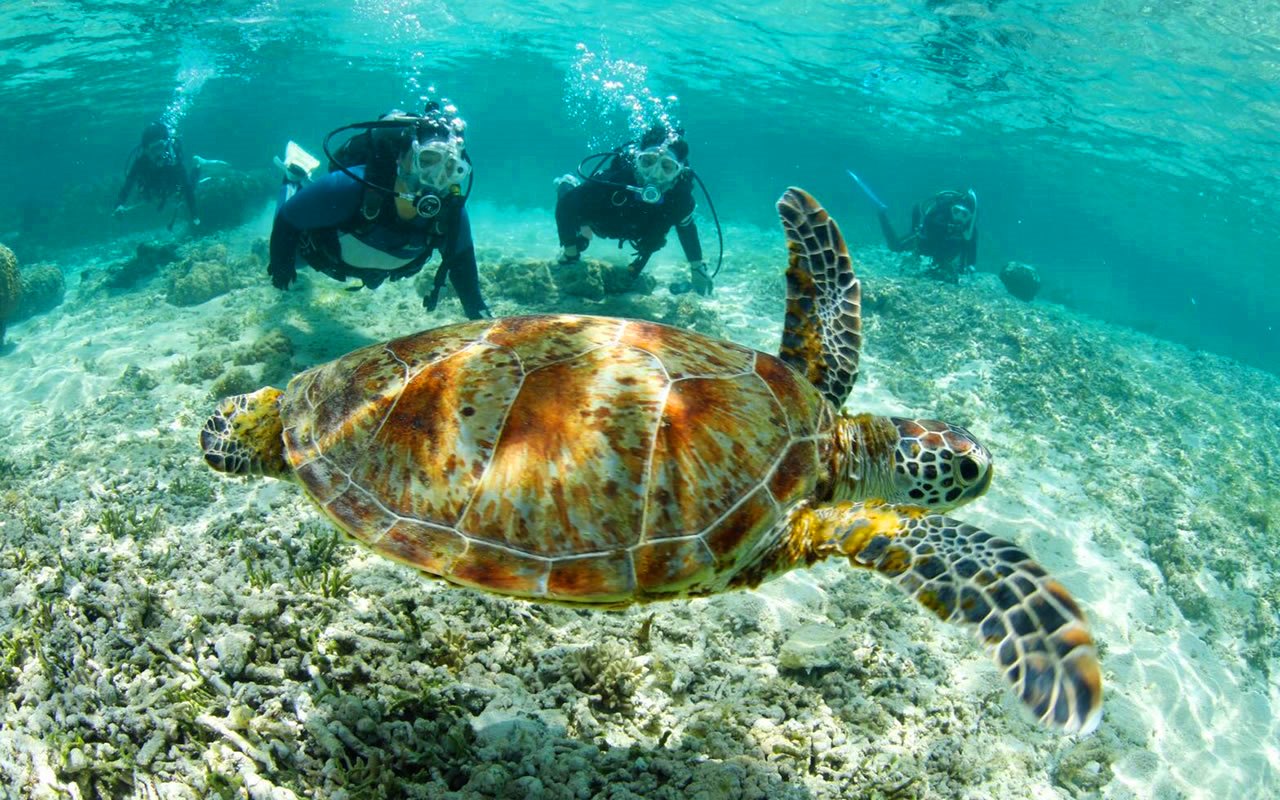
Today, however, sea turtles are protected by law. (See Episode 155: “Sea Turtles” for more details.)
By educating visitors about how human behavior impacts the island’s fragile ecosystems, we can help reduce harmful interactions and support biodiversity conservation.
On Aruba, Tres Trapi has become a popular site for snorkeling and spotting sea turtles. These gentle creatures are now central to many tourists’ island experience. Encouragingly, this trend isn’t unique to Aruba. A World Wildlife Fund study found that sea turtle tourism generates three times more revenue than the trade in turtle products such as meat or shells—a hopeful sign that protection can be both ethical and economically viable.
However, tourism can also pose risks if not carefully managed. One growing concern is diver habituation—when turtles become too accustomed to human presence, their natural behaviors can be disrupted.
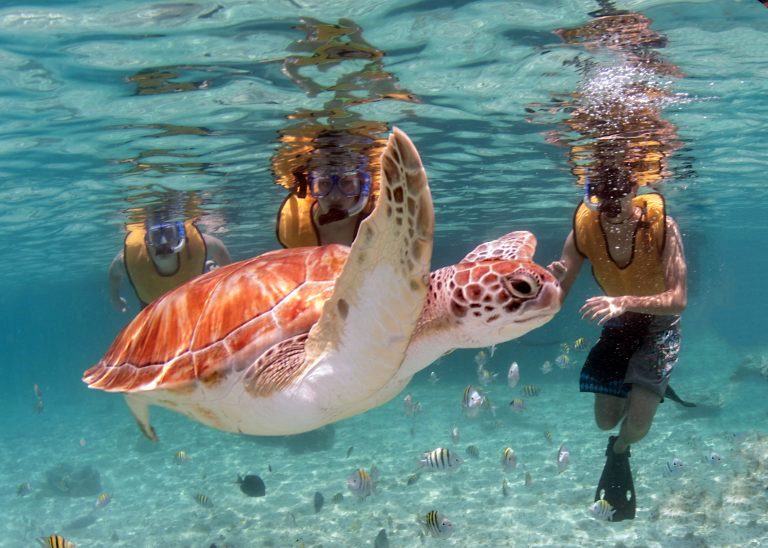
Sea turtles are extremely sensitive to disturbances. Boats, swimmers, and divers—especially those who get too close or try to touch them—can cause stress and interfere with essential behaviors such as feeding, mating, or resting.
On land, coastal development has reduced the already limited nesting spaces where turtles can safely lay eggs or bask without disruption.
At Tres Trapi, the “famous turtles” often forage in shallow waters, making them especially vulnerable to human interference. This forces them to expend more energy just to feed—often with poor nutritional outcomes. Without adequate food, turtles grow more slowly, their immune systems weaken, and their risk of predation or even drowning from exhaustion increases. Compounding this problem is the pollution left behind by sunscreens and skincare products, which can contaminate the water and harm marine life.
Sea turtles are more than just charismatic marine animals. They play a vital role in maintaining healthy ocean ecosystems, including coral reefs, seagrass beds, and numerous other marine species.
Yet today, six out of seven sea turtle species are classified as endangered.
As ocean lovers and stewards of nature, we have a choice to make. Through conscious, respectful tourism and active support for marine conservation, we can help ensure that future generations will still have the opportunity to witness sea turtles in the wild.
Swimming with Sea Turtles: Do It Right, Do It Clean
If you want to swim with marine animals, do it with respect.
It’s not just about snapping a selfie—you’re a guest in their home, so behave accordingly.
Always keep a distance of at least 5 meters (15 feet).
If you accidentally get too close, back away slowly and calmly.
Let the animal approach you—if it chooses to.
Be guided by luck and patience. If a turtle swims up to you, stay still and allow it to go about its business.
Remember: You are the visitor.
Explore Aruba’s Roots at Etnia Nativa
If you’ve enjoyed discovering our ancestral stories and want to delve deeper into the true identity of the Aruban people, we invite you to experience Etnia Nativa—the Caribbean’s only “living museum” of its kind, celebrating the island’s rich mestizaje (cultural blending).
Founded in 1994, Etnia Nativa has been a cultural pioneer—co-founding Aruba’s National Park, the Archaeological Museum, artisan foundations, and several grassroots initiatives dedicated to heritage and conservation.
But Etnia Nativa is more than a place—it’s a gateway. Quietly tucked away near the high-rise hotels, this private residence is a cultural sanctuary few tourists ever find. And that’s precisely its magic. Intentionally intimate and off the beaten path, it welcomes only those with a genuine curiosity and a thirst for authentic discovery.
Connect with the spirit and soul of Aruba’s ancient heritage through a one-of-a-kind experience unlike anything else on the island. Whats App +297 592 2702 etnianativa03@gmail.com


